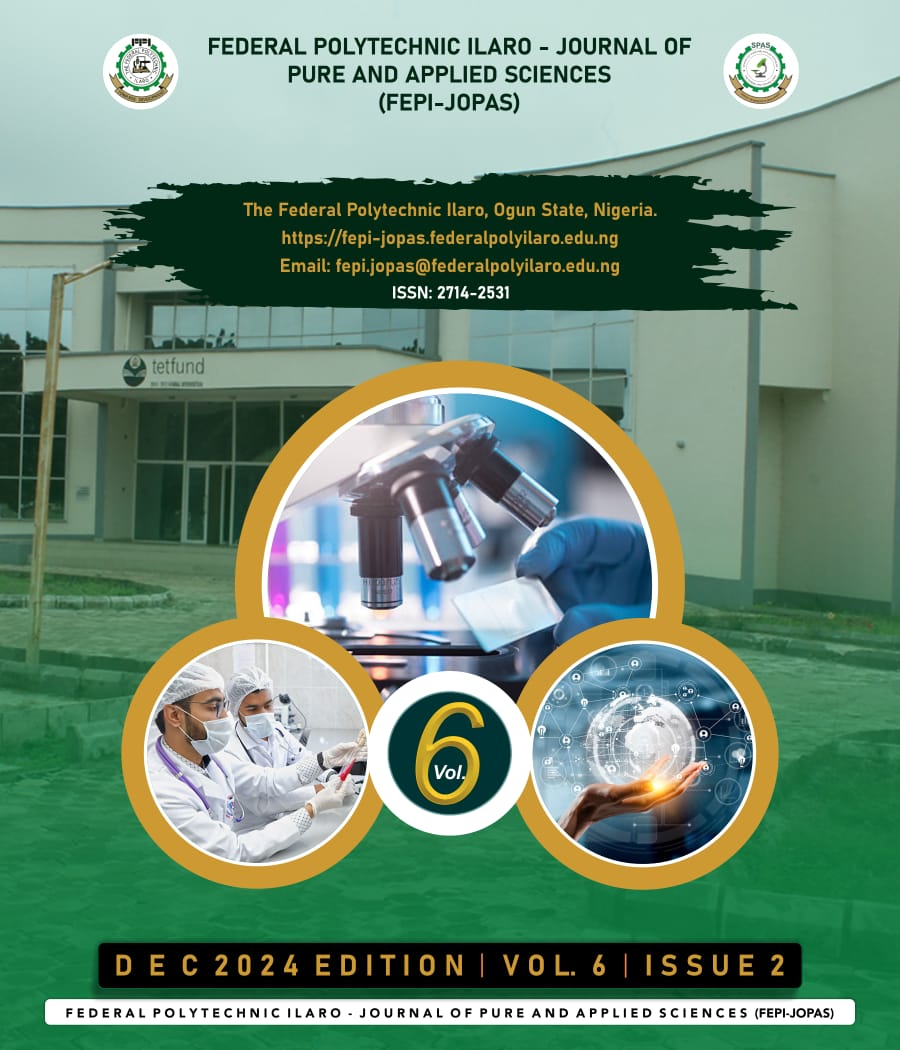COMPARATIVE ANALYSIS OF PHYTOCHEMICAL CONSTITUENTS, PROXIMATE COMPOSITION AND ENERGY VALUE OF Hibiscus sabdariffa L. LEAF AND PETAL EXTRACTS
Keywords:
Hibiscus sabdariffa, phytochemical analysis, proximate composition, energy value, nutritionAbstract
This study evaluates the phytochemical constituents, proximate composition, and energy values of methanolic, aqueous and ethanolic extracts from Hibiscus sabdariffa L. leaves and petals. Qualitative phytochemical analysis showed the presence of bioactive compounds such as steroids, alkaloids, terpenoids, and flavonoids, with petal extracts showing significantly higher amounts of bioactive compounds across all solvents. The quantitative analysis indicated that aqueous extracts had the highest concentration of flavonoids at 267 mg/100 g, while ethanolic petal extracts had the highest terpenoid content at 7.5mg/100g. The proximate analysis demonstrated that the leaves possessed a greater energy value of 280.36 ± 1.20 kcal/100 g and a carbohydrate content of 45.56 ± 0.89%. In contrast, the petals had a higher protein content of 11.42 ± 0.38% and crude fibre content of 37.49 ± 0.64%. These findings underscore the nutritional and medicinal benefits of H. sabdariffa. The leaves can provide dietary energy, whereas the petals may have potential applications in antioxidant therapies and functional foods. Future research should focus on their pharmacological applications and potential industrial uses.





